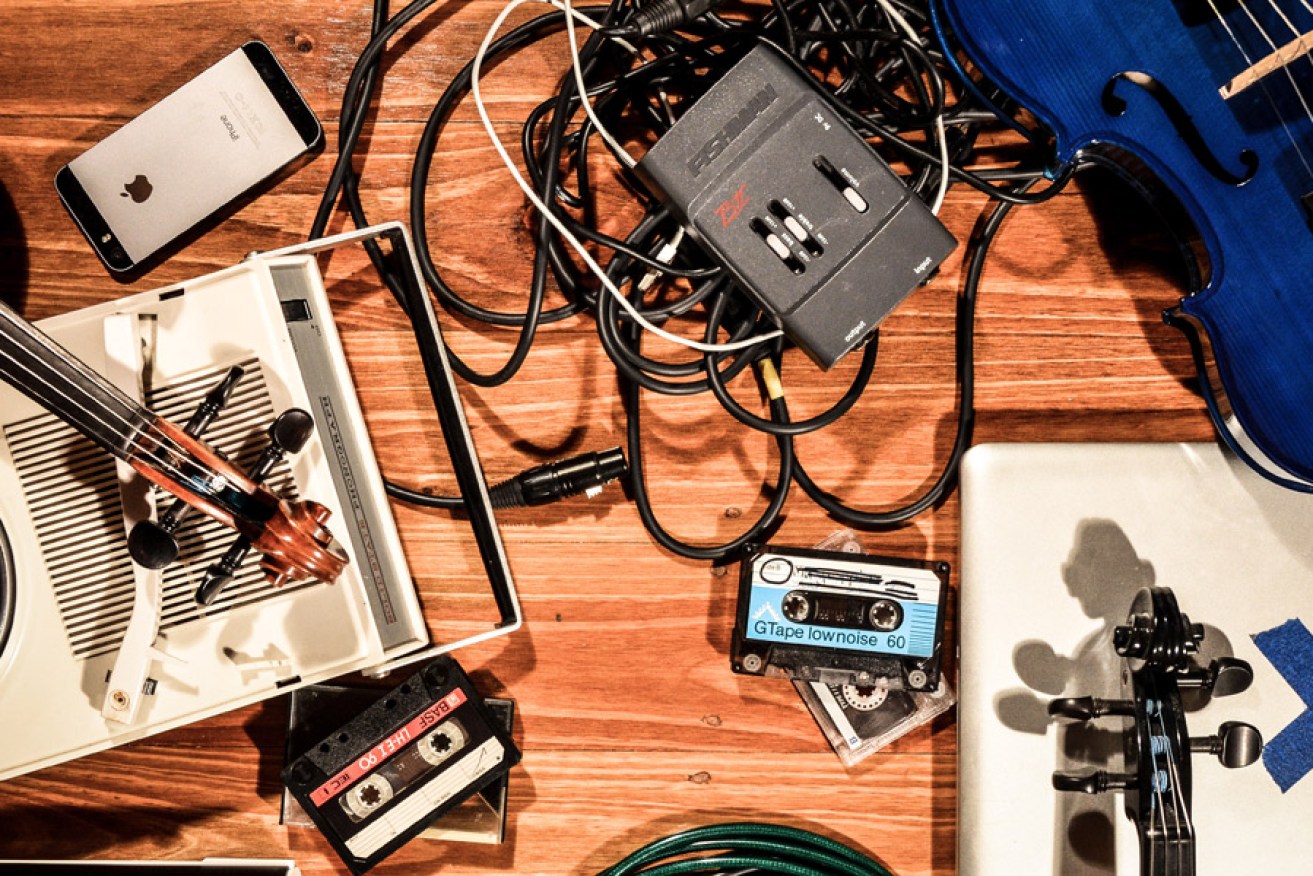Concert with a chorus of smartphones

Technology old and new comes together in Zephyr Quartet's concert. Photo: Heath Britton
“Ladies and gentlemen, please turn on your phones – the performance is about to begin.”
Yes, you read that correctly. Adelaide’s Zephyr Quartet is hosting a concert where audience members are encouraged to bring their smartphones – and use them.
The beeps, pips, chirps and irritatingly tinny ringtone versions of infectious pop tunes that come from pockets and bags drive most live performers to distraction, but this innovative ensemble is embracing the technology.
“Zephyr Quartet has always been interested in exploring concerts with electronic elements,” says artistic director Hilary Kleinig.
“As the years have gone on, mobile phones have become a much more important, integral part of people’s lives, so it seemed like a good idea to explore this – we’re especially interested in using people’s electronic devices as part of the performance.”
Its new concert, Music for Strings and iThings, includes the world premiere of five works by Australian composers said to be at the “bleeding edge” of electronic and classical music practice. The pieces incorporate technology ranging from one of the very first electronic instruments, a theremin (invented in 1919), to smartphones, iPads, looping and a video game.
Among them is Kleinig’s own composition for string quartet and a “choir of smartphones”, for which audience members will be given a choice of three tracks to download and then play when instructed to create a chamber-style performance.
The piece explores Australia’s treatment of the so-called “boat people”, especially what Kleinig sees as the contradiction between current policy and the national anthem, which declares there are “boundless plains to share” with those who come across the oceans. Her music incorporates fragments of the song “Kyrie Eleison” (“Lord Have Mercy”), the Morse code signal for SOS and the national anthem.
“I’m hoping it will be a very moving and unique performance for everyone involved,” she says.
“At the same time, I’ve never done this [incorporating smartphones in performance] before, and I’m not sure if anyone has, so I have no idea if it will work! I’ve had a few sleepless nights, but I’m quite confident.”
Adelaide jazz-funk duo voiceROM (Dylan Marshall and Jarrad Payne) have also created tracks for the audience to play on smartphones, accompanying a performance featuring hip-hop-influenced samples and live percussion.
The concert includes a piece by Adelaide University Masters student Al Thumm which incorporates a video game and landscape-based animation; a work by Australian Art Music Award winner Cat Hope which is performed with the theremin, and a composition by Brendan Woithe that will by sampled by the quartet, with the accompanying track amplified in a surround-sound style.
The sixth work on the program, and the only one not commissioned for the concert, is Adelaide University lecturer Luke Harrald’s “Distant Front”, inspired by Australian painter Fred Williams’ distinctive landscapes. It was created for a string quartet and generative computation, meaning that a computer program creates a backing track based on the live music played by the ensemble, reflecting constantly evolving and changing landscapes.
Music for Strings and iThings will be performed at the ABC Studio 520 in Collinswood on November 15. More information can be found here.




